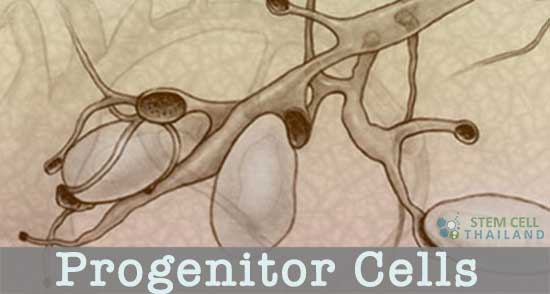
Progenitor cells are the interim oligopotent cell formed during the differentiation process from stem cell state to the target cell variant.
Progenitor cells are a subtype of stem cells that are more differentiated than pluripotent stem cells but still have the ability to differentiate into a limited number of cell types or lineages. Unlike pluripotent stem cells, which can differentiate into virtually any cell type in the body, progenitor cells are more lineage-restricted. Progenitor cell manipulation encompasses a range of techniques designed to exploit these cells’ potential for therapeutic and research purposes.
Here are some ways in which progenitor cells can be manipulated in the lab:
Manipulating progenitor cells offers significant potential for therapeutic and research applications, but it’s essential to recognize and address the associated challenges. Multipotent progenitor cells are not classified under a cell category because their capacity to renew is relatively small, as opposed to stem cells that have the capability to divide infinitely like immortal strands. The stem cell center of Thailand includes progenitor cells in all cardiac stem cell treatments to help develop muscle tissue to help to repair heart valve failure, as well as to create new blood vessels for the heart in a process known as angiogenesis.
Chimeric antigen receptor-T cell treatment (CAR-T cell therapy) holds immense potential to revolutionize organ transplantation, particularly for patients who struggle… Read More
In the ever-evolving landscape of nutrition science, the discourse around dietary fats has undergone significant transformation. The Regeneration Center is… Read More
New research shows that specific types of brain cells become active after brain injuries and exhibit properties similar to those… Read More
Chemokines, critical components in the immune system, are small proteins that facilitate the migration and positioning of immune cells throughout… Read More
Stem cell research examines everything from gene expression to differentiation capacities to therapeutic potentials. With such diverse data types and… Read More
Stem cell therapy has emerged as a revolutionary new treatment approach for neurological and spinal disorders. One up-and-coming method of… Read More